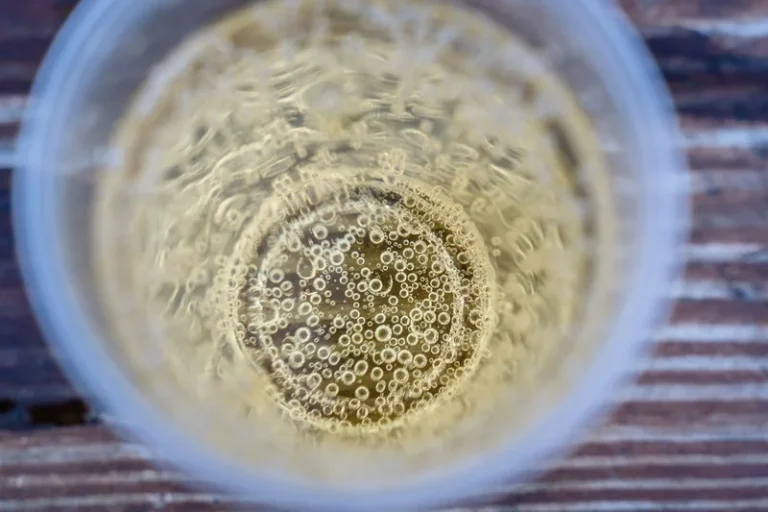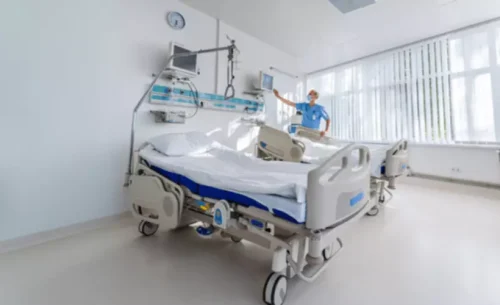Chưa có sản phẩm trong giỏ hàng.
Sober living
The Science of the Sauce: What Happens to Your Brain When You Drink Alcohol?

Studies in animal models provide initial hints to possible contributors to these differences. Furthermore, rats undergoing intermittent access to 20% alcohol in 2 bottle choice paradigm exhibit distinct profiles of intake ranging from low alcohol consumers to rats that exhibit slow or rapid escalation of excessive drinking [125]. Ethanol The evidence that dopamine is important for the rewarding effects of ethanol is also substantial but weaker than that supporting dopamine alcohol dopamine involvement in stimulant or opiate reward. Ethanol (and ethanol withdrawal) increases burst-firing in dopaminergic animals [127, 128]; ethanol also increases pacemaker dopaminergic firing [129]. Ethanol can increase dopamine levels to 150–200% of baseline [94], and increases dopamine cell burst-firing as well as pacemaker-like firing in the VTA; note, however, that a subset of VTA dopamine neurons are instead inhibited by ethanol [128] and this might also be important.
- Preclinical as well as clinical studies have shown that substances indirectly targeting the mesolimbic dopamine system may be potential targets for attenuation of alcohol reward.
- It has been posited by[5] that the negative-affective state induced by alcohol withdrawal and especially the increase in anxiety[6] is a major driving force in the propensity for relapse to alcohol-seeking behavior.
This is your brain on alcohol

At stage 3, on each of two days, FR 3,5,5,5,5 was used, and the reinforcer was an adult female mouse place underneath an inverted stainless steel wire pencil cup, with which the mouse could interact for 60 s. Investigators have postulated that tolerance is regulated by connections between neurons that produce multiple neurotransmitters or neuromodulators (Kalant 1993). For example, evidence indicates that vasopressin (a pituitary hormone with effects on body fluid equilibrium) plays an important role in maintaining tolerance to alcohol (Tabakoff and Hoffman 1996). Remarkably, a single exposure to a vasopressinlike chemical while an animal is under the effects of alcohol is followed by long-lasting tolerance to alcohol (Kalant 1993). The development of this long-lasting tolerance depends not only on vasopressin but also on serotonin, norepinephrine, and dopamine—neurotransmitters with multiple regulatory functions (Tabakoff and Hoffman 1996; Valenzuela and Harris 1997).
All types of alcohol appear to raise blood pressure
A series of experiments in outbred rats show that the dopamine stabilizer OSU6162 attenuates several alcohol‐mediated behaviours including voluntary alcohol intake, alcohol withdrawal symptoms and cue/priming‐induced reinstatement of alcohol seeking in long‐term drinking rats [196]. Furthermore, OSU6162 blunted alcohol‐induced dopamine output in the NAc of alcohol‐naïve rats [196], indicating that OSU6162 has the ability to attenuate the rewarding effects of alcohol. In contrast, a more recent microdialysis study conducted in long‐term drinking rats, showed that OSU6162, compared to vehicle‐pretreatment, had no significant effect on the alcohol‐induced dopamine peak [29]. The contrasting microdialysis results in alcohol‐drinking versus alcohol‐naïve rats highlight OSU6162´s ability to modulate the dopamine output dependent on the prevailing dopaminergic tone. Furthermore, these results indicate that OSU6162 might have the ability to attenuate alcohol‐mediated behaviours by counteracting the hypo‐dopaminergic state induced by long‐term drinking.
Demographic and psychometric data
Given our findings showing differences in dopamine release, it might be assumed that these effects are attributable to changes in presynaptic dopamine terminals. It should be noted, however, that our study utilized electrical stimulation to induce dopamine release. This stimulation method is nonspecific and activates all axons and neurons near the stimulus electrode, including cholinergic interneurons.

Short-term effects
Nevertheless, research focused on the brains of people recovering from alcoholism may still offer insight into what can happen whenever a person stops consuming alcohol. According to the CDC, there are approximately 80,000 deaths linked to excessive alcohol use every year in the United States. This makes excessive alcohol use the third leading lifestyle-related cause of death for the nation.

These effects can happen even after one drink — and increase with every drink you have, states Dr. Anand. Our team is growing all the time, so we’re always on the lookout for smart people who want to help us reshape the world of scientific publishing. We are grateful to the Cuzon Carlson and Grant laboratories for their technical assistance and for hosting us while completing these studies.
How GLP-1 drugs might work for addiction

With the explosion of craft beer, hard seltzers and family-friendly breweries across the U.S., you may be surprised to learn that a recent movement grounded in abstinence has been gaining followers. Christopher Bergland is a retired ultra-endurance athlete turned science writer, public health advocate, and promoter of cerebellum (“little brain”) optimization. A dopamine hit brings about pleasure and is then quickly followed by pain, or a come-down, in order to keep us motivated, says psychiatrist Dr. Anna Lembke. Ultimately, Lembke says, this is a universal problem – not one limited to those of us struggling with the disease of addiction – that has come with living in modern life.
Dopamine D2/3 autoreceptor sensitivity was decreased in chronic alcohol self-administering male macaques
Dopamine has also been implicated in schizophrenia and ADHD; the brain systems underlying these conditions (as well as substance abuse disorder) are complex. The activity of the dopamine system depends on the state of one’s dopamine receptors, and in people with these conditions, the chemical interacts with other factors in ways that have yet to be explained. Here we quantified AB toward alcohol and non-drug, reward-conditioned cues and their neural underpinnings after acute dopamine precursor depletion across a broad spectrum of alcohol users. P/T depletion significantly reduced AB across three different tasks, particularly in individuals who reported heavier drinking.
With new converts boasting increased energy, better sleep and an improvement in reasoning and memory. “We have known for a long time that alcoholism runs in families, which implies a genetic risk,” said Dr. Raymond F. Anton, Distinguished Professor and director of the Center for Drug and Alcohol Programs at the Medical University of South Carolina. For the McGill study, researchers recruited 26 healthy social drinkers (18 men, 8 women), 18 to 30 years of age.
- Alcohol-related functional differences in the brain are not exclusively observed in dependent individuals.
- Thickness of arrow indicates the relative strength of evidence of research in the receptor system as assessed by the author based on studies reported in the chapter.
- The dysfunction of these systems is responsible for acute alcohol intoxication, alcohol dependence, and withdrawal syndrome.
Respiratory health harms often follow flooding: Taking these steps can help
- The development of positron imaging technique (PET) and the radiotracer 11C‐raclopride in the 1990s made it possible to study in vivo dopamine function in humans.
- A feeder port located in the centre of one side wall extended into the chamber, and thereby enabled mice fitted with a cranial optic fibre and patch cord to retrieve pellets.
- Because the degree of temporal and spatial heterogeneity is not known, it is not clear the degree to which these isolated dopamine peaks contribute to the motivational arousal in active animals.
- Investigations of the underlying dopaminergic mechanisms involved during the development and maintenance of alcohol dependence could identify novel targets.
In recent years, functional magnetic resonance imaging (fMRI) has been used to probe these pathways via blood oxygen level dependent (BOLD) signal in the brain both at rest and during the performance of neurocognitive tasks in an MRI scanner. “We found that people vulnerable to developing alcoholism experienced an unusually large brain dopamine response when they took a drink,” said Leyton. “This large response might energize reward-seeking behaviors and counteract the sedative effects of alcohol. Conversely, people who experience minimal dopamine release when they drink might find the sedative effects of alcohol especially pronounced.” Alcohol is the first thing people go for when they are at a social gathering and are looking to have a pleasant time. It is the first choice in the long list of things which can make a person feel intoxicated and give that feeling of high.



